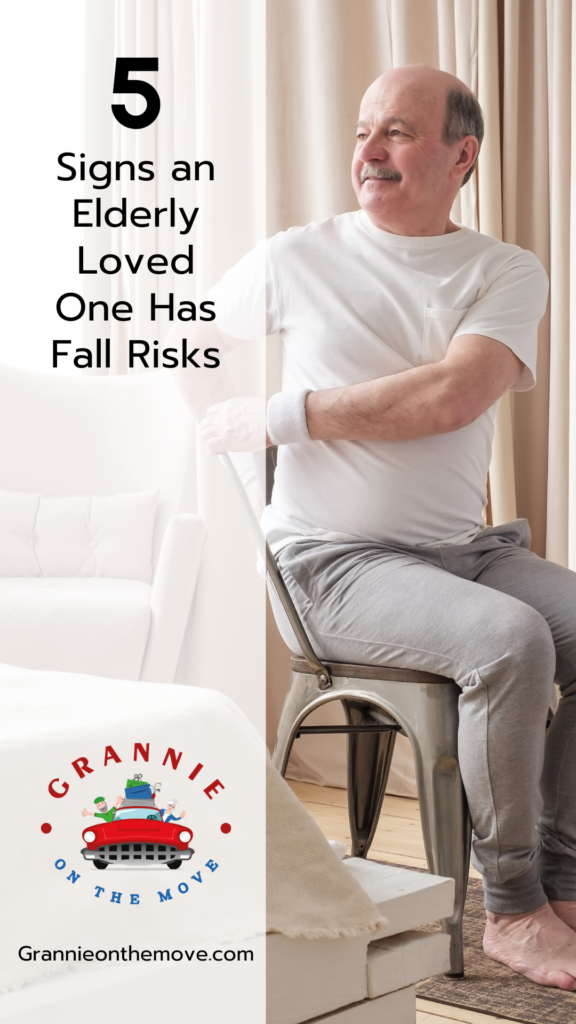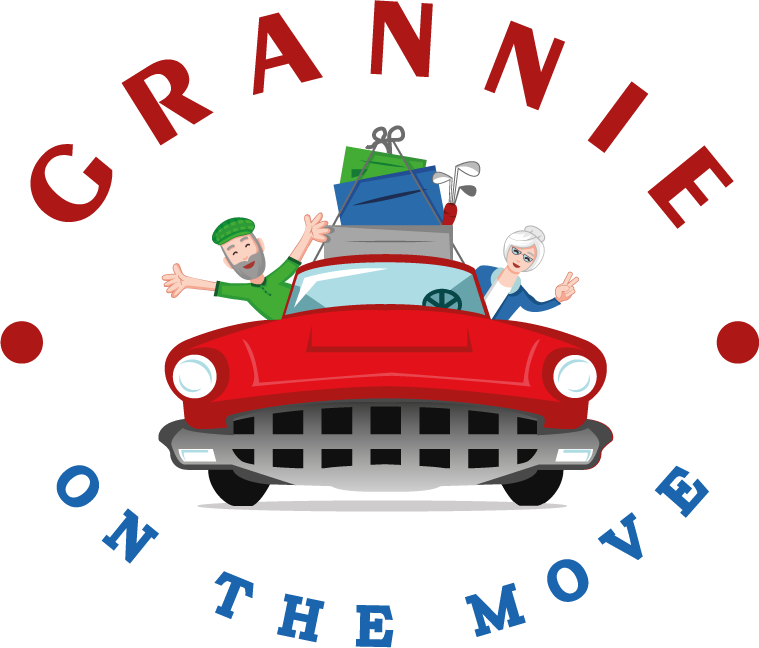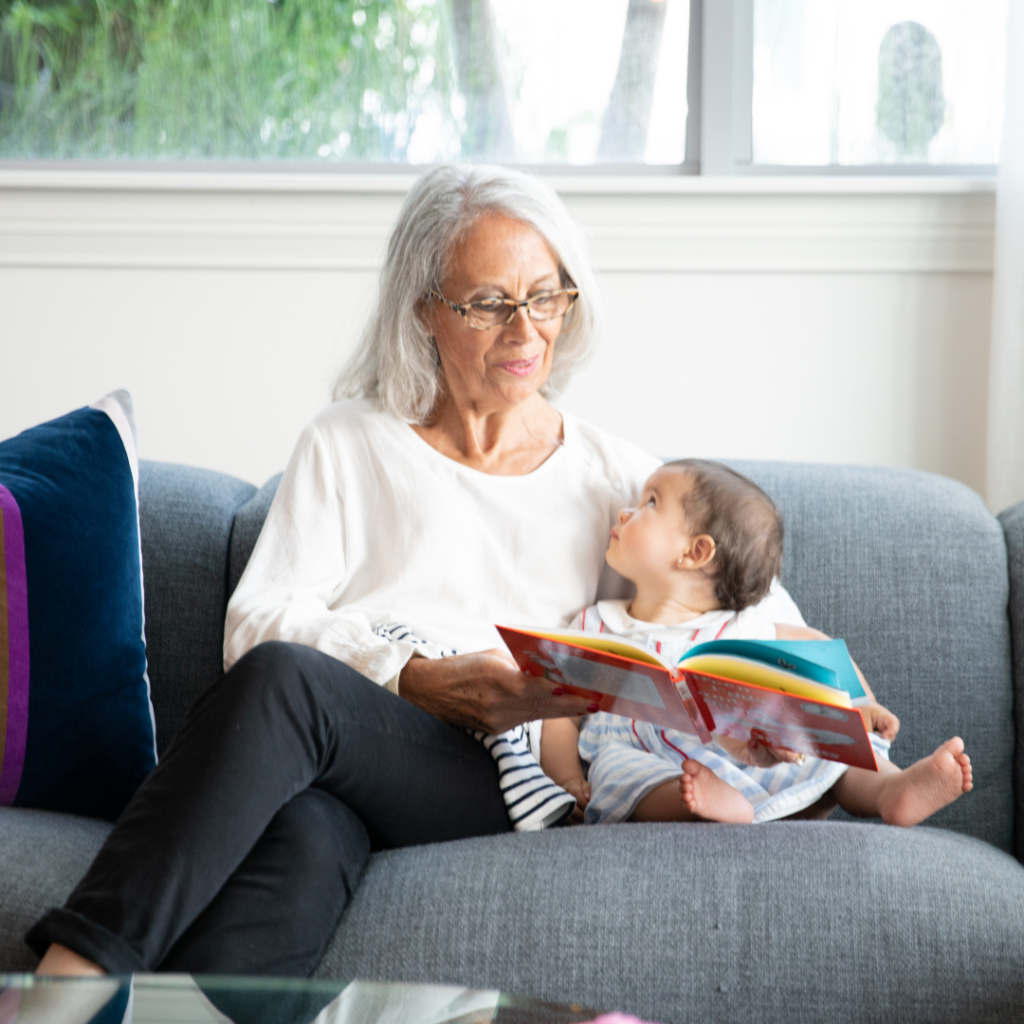We all care deeply for our elderly loved ones, and their well-being is often at the forefront of our minds. As we navigate the golden years with them, it’s important to stay mindful of any potential safety hazards they might face. One such concern is the potential for a fall. If your elderly loved one has fall risks, it’s crucial to recognize the signs early.
Understanding these signals can empower us to take necessary actions, ensuring the safety and independence of our cherished elders. Let’s explore the five key signs that your elderly parent or loved one may be at risk of a fall.
Recognizing Fall Risks in Your Elderly Loved One
Falls should not be taken lightly, especially for our elderly loved ones.
Did you know that one in five falls can lead to serious injuries like broken bones or even a head injury? According to the Center for Disease Control (CDC), about 3 million older folks are in the emergency room every year due to fall injuries. It’s shocking to hear, but over 800,000 senior patients each year are hospitalized due to a fall. Usually, the reason is either a head injury or a hip fracture.
Let’s discuss hip fractures for a moment. Every year, at least 300,000 older people are hospitalized due to them. Surprisingly, over 95% of these fractures occur due to fall-related injuries’, which often happen sideways. Additionally, dangerous falls are the leading cause of traumatic brain injuries (TBI).
These statistics show how vital it is to be aware of the fall risk factors our elderly loved ones face and take preventative measures!
Most Common Signs of Fall Risk for the Elderly
- Gait or Balance Problems: Look out for any noticeable changes in how your elderly loved one walks or balances themselves. If they seem unsteady, shuffle their feet, or hold onto walls and furniture for support, these could be important signs of a fall risk.
- Physical Weakness / Frailty: Aging comes with a loss of muscle strength and bone density. If you notice your elderly loved one struggling with tasks they used to handle easily, like getting up from a chair or walking up stairs, it could be a sign of physical weakness that increases their fall risk.
- Frequent Fatigue or Shortness of Breath: If your loved one seems to tire quickly or appears short of breath during everyday activities, it might indicate poor physical condition or an underlying health issue that could contribute to a fall.
- Dizziness or Lightheadedness: These might be symptoms of medication side effects, dehydration, or certain medical conditions. All of these can lead to instability and increase the risk of falling.
- Vision Issues: Poor or declining vision makes spotting and avoiding obstacles difficult. Regular eye check-ups are crucial for elderly loved ones to ensure they are seeing clearly and reduce their fall risks. Remember, prevention is better than cure.
The Fear of Falling and Future Falls: An Unseen Hazard
A less tangible but equally critical sign of potential fall risk is an increasing fear of falling. This psychological factor can drastically affect your elderly loved one’s confidence and independence.
It’s not uncommon for elderly adults who have experienced falls or near falls to develop a heightened anxiety about falling again. Regrettably, this anxiety can manifest into a self-fulfilling prophecy.
The fear might lead them to limit their physical activities and social interactions, leading to physical weakness and isolation, both of which are significant contributors to future falls.
Remember, the mental and emotional health of your loved ones is just as crucial in preventing falls. In our next section, we’ll dive into some practical fall prevention strategies to help manage these fears and reduce the risk of falls.
Practical Fall Prevention Strategies
Getting a Fall Risk Assessment
A fall risk assessment for your elderly loved ones is essential in fall prevention. It provides valuable insight into the risk factors and areas in their daily living that may need to be addressed to prevent falls.
A healthcare professional usually conducts the assessment, including a review of the individual’s medical history, medication usage, physical health, and home environment. The goal is to identify potential hazards and provide individualized recommendations to mitigate the risk of falls.
Joining a Fall Prevention Program
Fall prevention programs are an excellent resource for seniors and their families.
These programs offer a comprehensive approach to fall prevention, addressing various factors such as physical fitness, nutrition, and home safety. They often include strength and balance exercises, workshops on safe navigation of the home, and even medication management.
Participating in a fall prevention program can be a proactive step towards safeguarding your loved ones from potential falls and related injuries.
Ensuring Safety in the Home
Every senior’s home environment plays a crucial role in fall prevention.
Simple modifications can significantly reduce fall hazards. These include removing tripping hazards like loose rugs and clutter, improving lighting, especially in stairways and hallways, even installing grab bars in the bathroom, and using non-slip mats. You can check out our recommendations for assistive devices for seniors here!
Family members and caregivers should arrange furniture to provide clear walking paths, and often-used items should be within easy reach. Regular home maintenance can also prevent unexpected incidents that may lead to falls.
Remember, a safe home is a significant step in preventing falls and ensuring the well-being of your elderly loved ones.
Benefits of Exercise for Older Adults
Regular exercise plays a key role in maintaining the overall health of older adults, more so in mitigating fall risks. It not only strengthens the body’s muscles, improving balance and coordination but also offers cardiovascular benefits, including maintaining low blood pressure.
High blood pressure increases the risk of dizziness and, subsequently, falls. Regular exercise can further reduce the risk of falls by helping to keep blood pressure levels in check. Thus, the benefits of exercise extend beyond the physical realm, fostering a sense of well-being and independence among older people. Remember, a strong, active body contributes to a confident, healthy mind.
Regular physical activity is one of the best ways to reduce the risk of falls. Tai Chi, an ancient Chinese martial art, is particularly beneficial. Tai Chi enhances proprioception, the body’s sense of location, movement, and actions. It also improves balance, flexibility, and controlled movement, all important for fall prevention.
With its gentle impact on joints, it’s ideal for older individuals. Additionally, Tai Chi offers mental well-being benefits through its meditative aspect.
Whether it’s Tai Chi or light yoga, encourage your loved ones to stay physically active and engage in activities that improve their strength, balance, and coordination. It’ll go a long way in reducing their fall risk.
Conclusion
The risk of falls among older people is a serious concern that demands attention. Identifying and addressing the signs that an elderly loved one has fall risks is essential to preserving their quality of life.
Implementing fall prevention strategies, participating in programs dedicated to fall prevention, and conducting a thorough home safety evaluation are all proactive measures to ensure their safety.
Remember, taking these steps not only prevents physical harm but also reassures your loved one, reducing their fear of falling and loss of independence, and encouraging a more active, fulfilling lifestyle.
Let’s work together to keep our loved ones safe and empowered in their golden years. Our dedicated senior care advisors are ready to support you in ensuring the safety and well-being of your elderly loved ones. If you have any questions or require assistance with in-home senior care, please contact us at Grannie On The Move.


